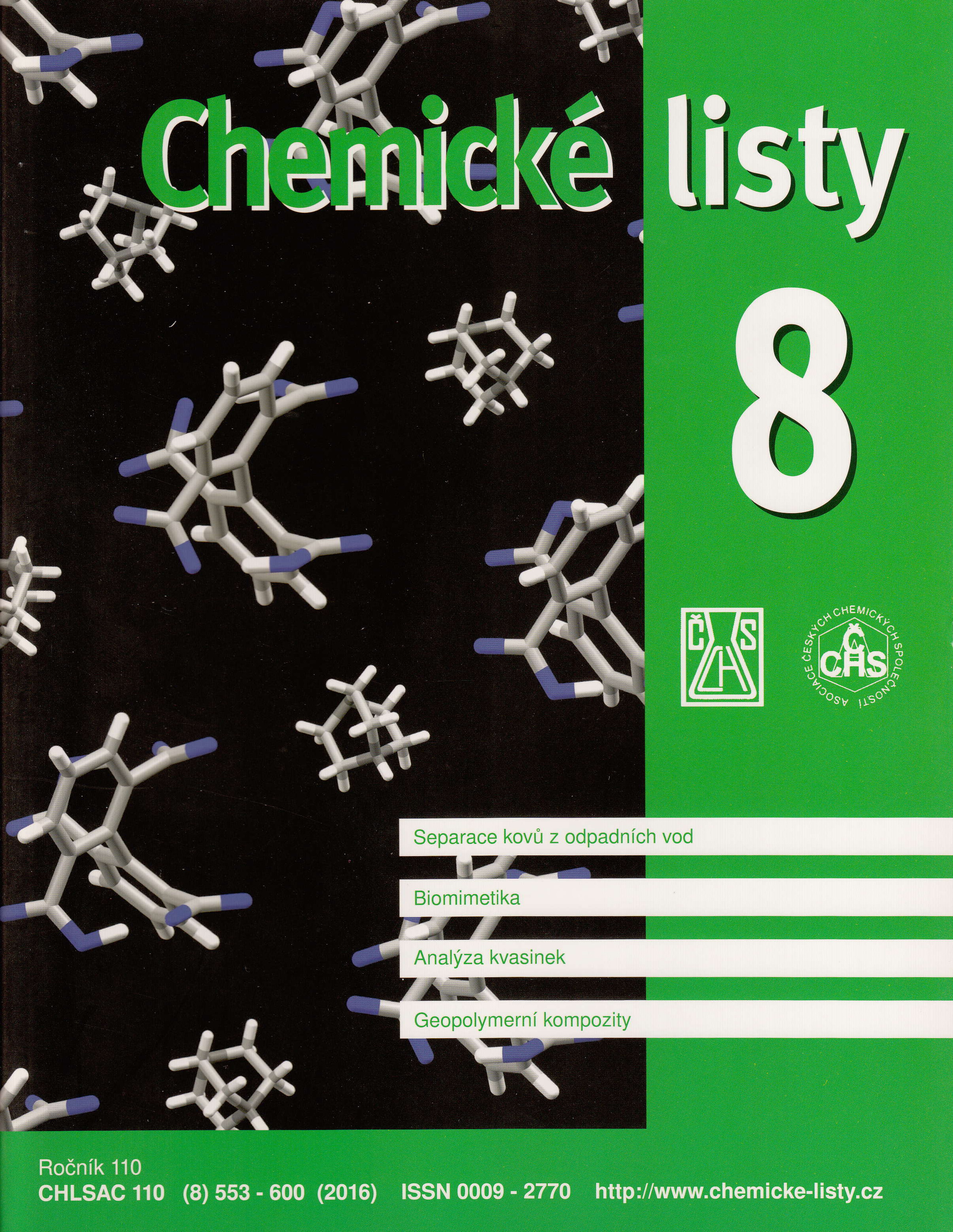Molecular-Biological Methods Used in the Analysis of Malassezia Yeasts
Keywords:
Malassezia, DNA, gene, molecular-biological analysis, identificationAbstract
The genus Malassezia is composed of lipophilic basidiomycetous yeasts which have been isolated from human and animal skin as normal flora. Under the influence of some predisposing factors, the yeasts are aetiological agents of skin diseases or septicemia. The diagnostics of Malassezia comprises phenotypic and genotypic identification. The phenotypic examination is not sufficiently sensitive and therefore the genotypic diagnostics is necessary for exact identification. Molecular approaches have provided insights into the identification, taxonomy, as well as the genotyping and epidemiology of Malassezia species. The aim of this article is to make an overview of molecular methods used in the analysis of Malassezia.





